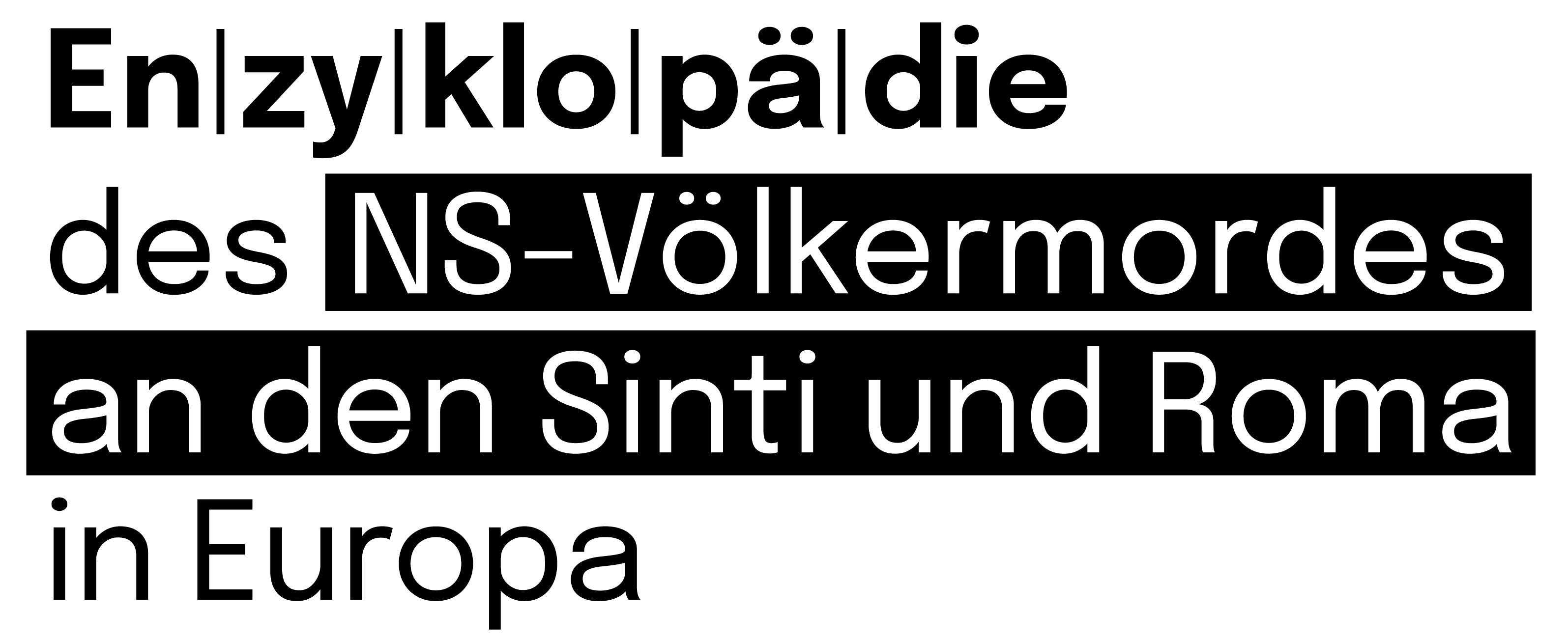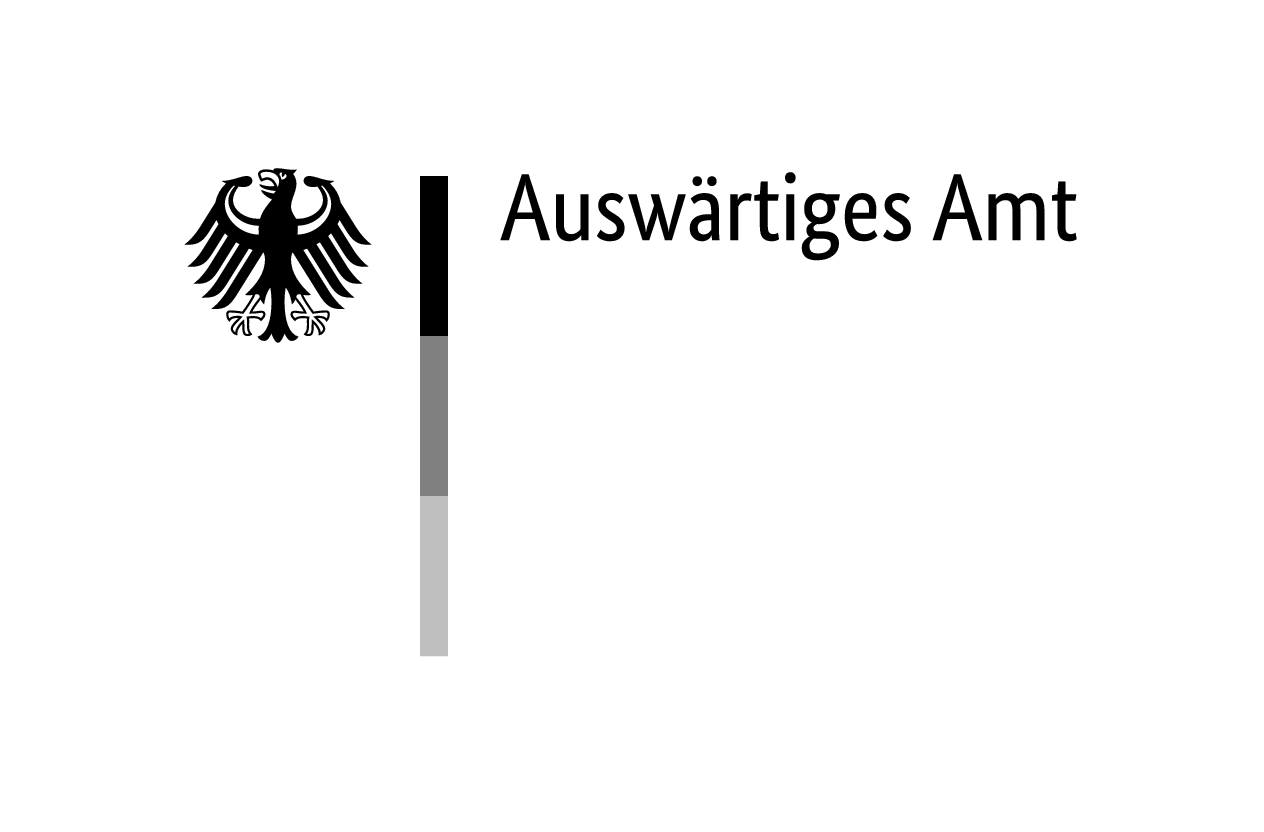Otto Ohlendorf was born on 4 February 1907 in Hoheneggelsen, near Hanover, Germany. He was an SS-Gruppenführer and lieutenant general of the police and, as head of Einsatzgruppe D from 1941 to 1942, was responsible for the murder of over 90 000 people in the south of the occupied Soviet Union, including Jews, Krymchaks (a minority of Jewish faith living in the Crimea) and Roma.
Career
In 1925, while still at secondary school, Ohlendorf joined the NSDAP and the SA (Sturmabteilung), and shortly afterwards he founded the first Hitler Youth organisation in his home town. He joined the SS (Schutzstaffel) in 1927. His studies in law and political science took Ohlendorf to Leipzig and Göttingen before he went to the University of Pavia in Italy on a scholarship after graduating in 1931.
From 1933, Ohlendorf was employed at the Institute for World Economics in Kiel, but just a year later he moved to Berlin to join his supervisor at the Institute, the economist Jens Jessen (1895–1944), because of disputes with party members. After a few years, he moved to the Security Service (SD) of Reichsführer-SS Heinrich Himmler (1900–1945). When the Reich Security Main Office (RSHA) was founded in 1939, he was promoted to head of the Internal Security Service (Amt III), where he was responsible for the so-called ‘Reports from the Reich’, in which reports on the mood of the German population were compiled from the beginning of World War II in 1939.
Chief of Einsatzgruppe D
The RSHA provided a large proportion of the command personnel of the Einsatzgruppen, which were set up shortly before the invasion of the Soviet Union. Ohlendorf was appointed head of Einsatzgruppe D. He held this position for a year, from June 1941 to July 1942, before being replaced by SS Brigadier and Major General Walther Bierkamp (1901–1945). During the war in the Soviet Union, the Einsatzgruppen were to operate as mobile units to take swift action against supposed security threats behind the lines. In practice, this meant the murder of Jewish people, Roma, communists, partisans and so-called ‘asocials’, as well as the sick and physically or mentally disabled people. The operational areas of the four Einsatzgruppen (A, B, C, D) coincided with the army command areas, but were subordinate to the Wehrmacht only for logistical purposes. Together with the 11th Army, Ohlendorf’s Einsatzgruppe D was deployed in Bukovina, southern Ukraine and the Crimea. In the summer of 1942, it was deployed to the Caucasus in the wake of Army Group A.
Systematic Murder of Roma
While the systematic murder of Roma began in other occupied Soviet territories in 1942, there is evidence of systematic genocide in the Crimea—Einsatzgruppe D’s field of activity and therefore Ohlendorf’s area of responsibility—as early as 1941. Ohlendorf regularly compiled reports on the murder campaigns, which were circulated daily as ‘Incident Reports USSR’ and from May 1942 onwards weekly as ‘Reports from the Occupied Eastern Territories’ for the attention of the National Socialist SS and police apparatus and other offices in the Reich.
The first mass shootings of Soviet Roma were carried out by Ohlendorf’s units in autumn 1941 in the Nikolaev region (Ukrainian: Mykolaïv). From the very beginning, no distinction was made between ‘sedentary’ and ‘nomadic’ Roma, and men, women and children were murdered without exception.
In November 1941, Einsatzgruppe D reached Simferopol‘, the capital of the Crimean Soviet Republic. There, in December, the members of the Einsatzgruppe carried out a massacre in which probably the largest number of Soviet Roma were murdered. Our knowledge of the course of those events relies on the testimony of Ohlendorf’s adjutant Heinz Hermann Schubert (1914—1987), who was a defendant in the Nuremberg Einsatzgruppen trial of 1947/1948. According to Schubert, people were trucked in groups from the Roma district to the outskirts of the city on 9 December 1941. All their valuables were taken from them at the place of execution, before members of Sonderkommando 10a and 11b of Einsatzgruppe D shot them. Killings also took place in Kerch‘ (Ukrainian: Kerch) and Evpatoriia (Ukrainian: Ievpatoriia), for example. A similar procedure was also used in these cases. According to incident reports from the Einsatzgruppen dated 9 and 19 January 1942, Ohlendorf assumed from this point onwards that there was no longer a Jewish, Krymchak or Roma population in Crimea. However, over a thousand Roma, an estimated 30 per cent, survived the German occupation of Crimea. This was due to the difficulties the occupying forces had in identifying Roma and the solidarity of some Crimean Tatars who tried to protect the Muslim Roma. Nevertheless, the extent of Ohlendorf’s responsibility becomes clear from the incident reports, which continuously recorded shootings of Roma by Einsatzgruppe D.
Contrary to Ohlendorf’s later assertion, there could not have been an explicit order to murder the Soviet Roma when the Einsatzgruppen were set up in the summer of 1941. Rather, orders were given gradually, when the killing had already begun. This once again points to the fact that Ohlendorf acted on his own responsibility. The role of the incident reports must also be assessed against this background: Not only did they satisfy the need for self-representation and reassurance of the members of the Einsatzgruppen on the ground, but the murders of Soviet Roma by Einsatzgruppe D listed in the incident reports also provided practical examples for other units to follow.
Back in Berlin, Ohlendorf continued his activities as head of Amt III in the RSHA. In 1943, he was promoted to Deputy State Secretary in the Reich Ministry of Economics.
Trial and Conviction
Shortly before the end of the war, Ohlendorf fled to Flensburg. He was arrested there by British units. From the outset, Ohlendorf was prepared to testify in detail. At the Nuremberg Trial against the Main War Criminals from 1945 to 1946, he shocked the public with his frank descriptions of the murders committed in the south of the occupied Soviet Union. However, it was only when the incident reports were discovered by the team of the US lawyer and later chief prosecutor Benjamin Ferencz (1920–2023) that a trial was initiated against members of the Einsatzgruppen themselves.
From 1947 to 1948, Ohlendorf and 23 other leading members of the Einsatzgruppen had to answer to an American military court (Nuremberg Military Tribunal) in the Nuremberg Einsatzgruppen Trial for crimes against humanity, war crimes and membership of a criminal organisation. Although the persecution and murder of Roma in the occupied territories of the Soviet Union were not at the centre of the trial, they were certainly addressed.
The defendants, especially Ohlendorf, tried to justify the murder of the Roma with well-known antigypsyist claims, such as the accusation of espionage and an allegedly clear ‘Führer order’ (i.e. an order from Adolf Hitler (1889–1945)), thus giving the murders the appearance of military and security policy necessity. The court was not fooled by this. Otto Ohlendorf was sentenced to death and executed in Landsberg am Lech on 7 June 1951.




